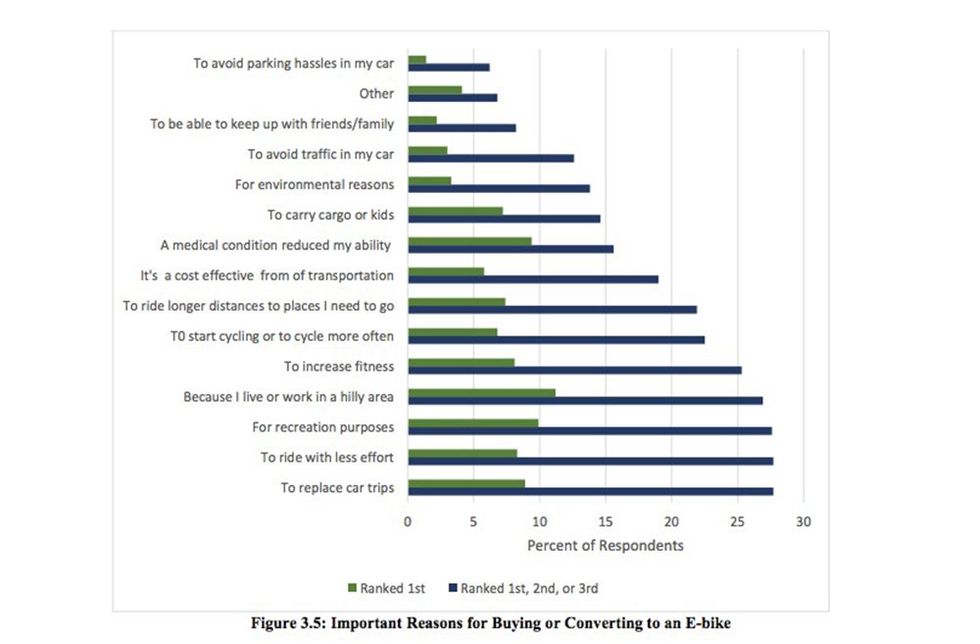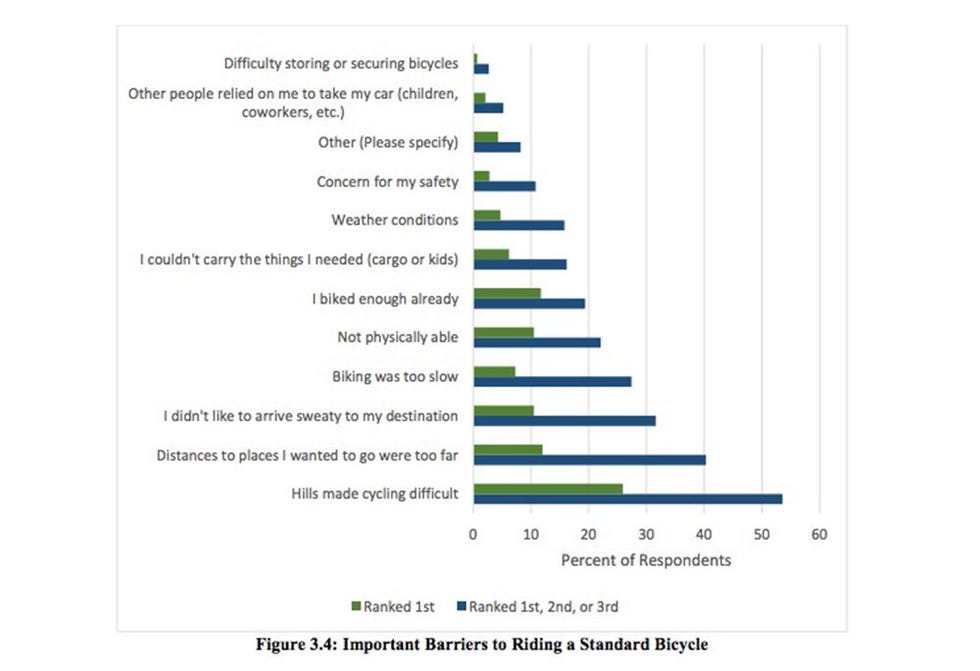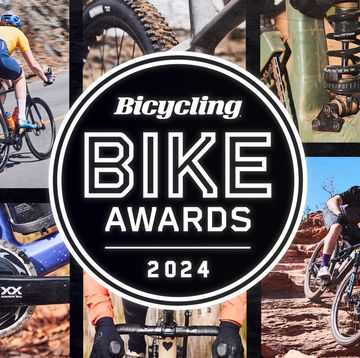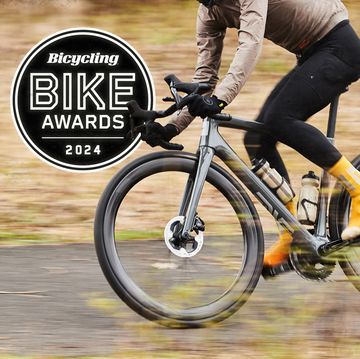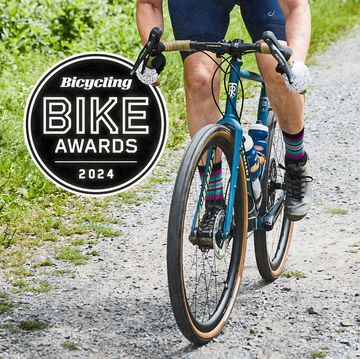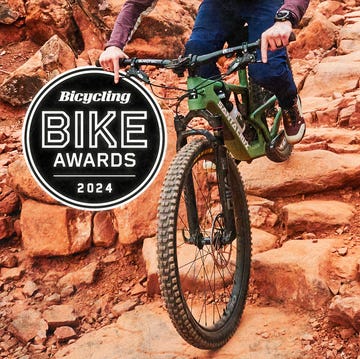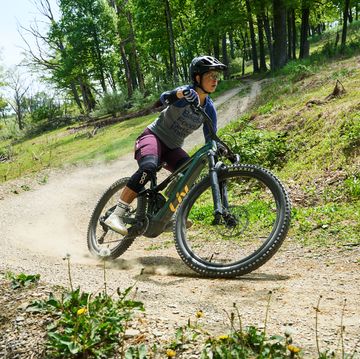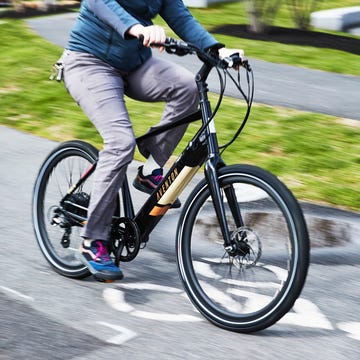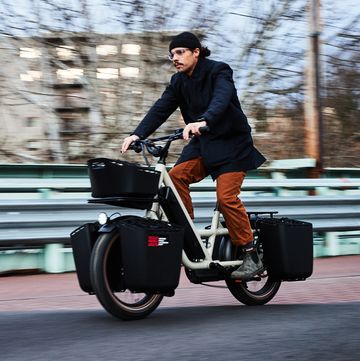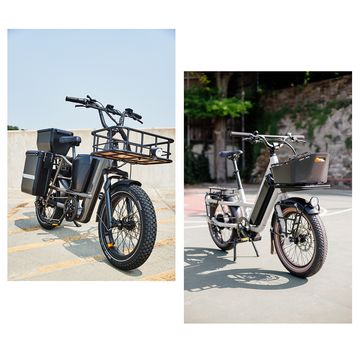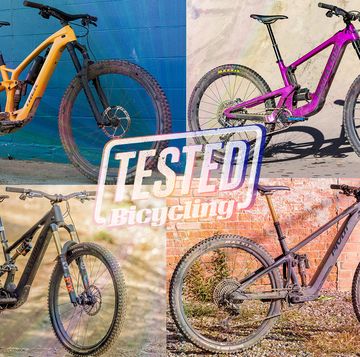Want to stir up the cycling masses on social media? Post something about e-bikes. Few topics in our sport raise hackles like bikes powered by batteries. Some welcome their potential to make cycling easier and more accessible, but others fear they’re too close in nature to motorcycles to earn the “bicycle” classification.
That the technology is fairly new, and we don’t have a ton of data to work with, only muddles the debate. A new survey should help clarify things. Carried out by the National Institute for Transportation and Communities, it sheds some light on how people actually use electric bikes. The main takeaway: More e-bikes means fewer cars on the road—and more people in the bike saddle.
Designed as a deep dive, the survey polled nearly 1,800 electric bike owners in North America, most of them in the US. It asked respondents why they bought e-bikes, what kind of trips they use them for, and how e-bikes compare to conventional bikes when it comes to barriers to cycling.
RELATED: Are E-Bikes the Future of Dockless Bike Share?
Men accounted for most e-bike buyers at 70 percent, with women at 29 percent (the rest were unspecified). Reasons behind the purchases were all over the map, but included the ability to ride more easily in a hilly area; to ride longer distances; to help overcome limitations caused by a medical condition; and, of course, to just have fun.
What stood out, however, is how many motives involved eliminating driving hassles. Twenty-eight percent of respondents said they bought an e-bike specifically to replace car trips. Others pointed to craving a more car-free lifestyle, such as using e-bikes to carry cargo or kids, avoid parking and traffic woes, be more environmentally minded, and have a more cost-effective form of transportation.
Scan the chart below, and it’s clear that people want to do on a bike what they do with their car, but that barriers like distance, terrain, and hauling cargo get in the way:
E-bikes aren’t only about utility. Of the riders surveyed, about a quarter said they wanted to increase fitness. Others wanted one for recreation, because a medical condition made riding difficult, and to keep up with friends and family.
RELATED: New York City Just Declared War on E-Bikes
Whatever their given reasons, e-bike owners ride a lot. More than 91 percent ride weekly or daily. Meanwhile, only 55 percent rode their standard bikes frequently before getting an e-bike. To be clear, the vast majority (93.4 percent) rode a standard bike previously, so they’re likely already sold on cycling in general.
But e-bikes allowed them to ride more frequently and leave their cars behind more often. In fact, they reported that 76 percent of their trips via e-bike would have otherwise been made by car.
Interestingly, of the 6.6 percent of current e-bike owners who said they hadn’t ridden a standard bike as an adult, 93.5 percent now say they ride weekly or daily.
E-bikes are a small but growing market in the US, with between 200,000 and 250,000 sold in 2016 alone, according to survey data. Worldwide sales are exploding, with figures estimating 100 million e-bikes sold by 2035. At the very least, that means more butts on bikes and fewer behind the wheel.
Keep up with the latest cycling news by subscribing to our newsletter.


